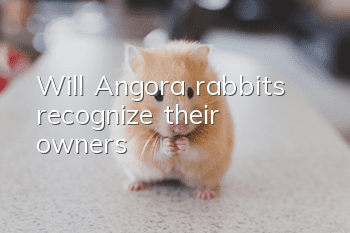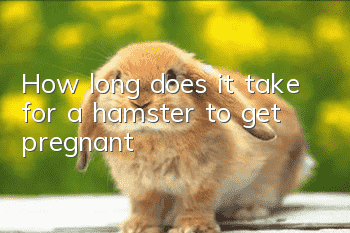How to treat velvet black chinchilla when it is sick

1. Diarrhea
Symptoms: soft, brown-green stool stuck in the cage.
Cause: Eating expired food, changing food, eating too many snacks, unclean drinking water, changing the cage location, and weather changes.
Treatment method: Suspend feeding food and snacks; only give timothy grass until the stool is normal.
2. Constipation
Symptoms: significantly reduced or no defecation, poor appetite, bloated stomach, low energy and hiding in the corner.
Causes: Improper diet, nervousness, sudden changes in weather, lack of exercise, too many snacks and too little water.
Treatment: Stop feeding snacks; feed lactobacilli, fresh apple slices or dried apples; let them out for exercise.
3. Teeth that are too long or broken
Symptoms: slow eating speed or anorexia, drooling, uneven or too long front teeth.
Cause: congenital reasons, calcium deficiency, lack of teeth grinding supplies, accidental breakage.
Treatment: See a doctor and pay more attention to your chinchilla’s weight and nutritional intake.
4. Hair biting
Symptoms: Irregular depressions appear on the hair, but the hair roots are still there.
Cause: Noisy environment, mental stress, insufficient space for activities, nutritional deficiencies, and genetics.
Treatment: Give it a quiet and spacious space; try to supplement vitamin B.
5. Skin disease
Symptoms: At first, there is partial hair loss on the head, nose, around the eyes, or on the body or hands and feet, and the skin becomes red and dandruff, and then spreads all over the body.
Cause: Unclean living environment or infection.
Treatment: See a doctor as soon as possible; clean and disinfect the cage; keep the cage clean and tidy.
6. Fracture/sprain
Symptoms: Walking strangely, the injured foot never touches the ground when standing.
Cause: accidental injury.
Treatment methods: See a doctor as soon as possible; remove all items from the cage that may pose a threat to the chinchilla; lower the house, grass rack, and kettle to make it easier for the chinchilla to use when it is injured.
7. Heatstroke
Symptoms: confusion, body weakness, shortness of breath, loss of appetite, red ears, unsteady standing, etc. In severe cases, chinchillas may become comatose, have intermittent twitching, head tilted back, limbs stiff, or foaming at the mouth.
Cause: The weather was very hot and there was no air conditioning or cooling measures. Chinchillas lack sweat glands and have thick hair. They cannot dissipate heat through sweating and are prone to heatstroke.
Treatment method: Immediately move the chinchilla to a cool and ventilated place, turn on the air conditioner or take other measures to help the chinchilla cool down as soon as possible.
8. Cold
Symptoms: runny nose, sneezing, lack of energy, heavy breathing.
Cause: The cage is placed near the air vent of the air conditioner and is exposed to direct cold wind for a long time.
Treatment: See a doctor.
- Hamster stress response
- There are hard bumps on the rabbit's feet like cocoons
- Where do squirrels like to touch it?
- How to treat golden-spotted chinchilla when it is sick
- The rabbit jumps around in surprise
- What should I do if my hamster’s nose keeps puffing?
- What can guinea pigs eat?
- What do spotted hamsters eat?
- How much does a hamster weigh?
- Does the woolly rabbit recognize its owner?



